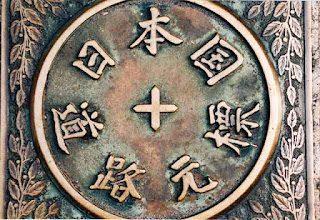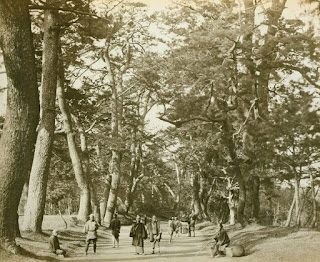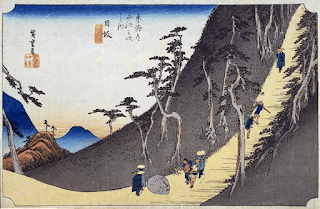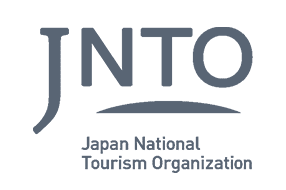Samurai Postal Routes: Gokaido and Tokaido
In 1601, soon after he came into power, the Shogun Tokugawa Ieyasu started to build five routes connecting the capital of Edo (modern day Tokyo), with the other provinces. These routes were essential for the success of the Sankin-Kotai system, where lords would have to alternate years of living in Edo with their home provinces. There were five routes, including the Koshu Kaido, the Oshu Kaido, the Nikko Kaido, and the most important routes, the Tokaido and Nakasendo, which we’ll explore in more detail.
Even though all the five routes varied in length, they shared some common features. First of all, they all started from Nihonbashi in Edo, after which there were markers at every ri (2.44 miles or 3.93 kilometres) travelled from Nihonbashi. The government ensured the highways were well maintained, and we often flattened and widened as necessary. In steeper sections of the path, the government would pave the road, though they often used ferries to cross rivers rather than build bridges. The government also planted trees along the route to make sure the travellers could travel in the shade, and be protected from the elements.
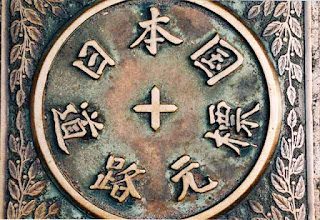 |
| Gokaido Starting Point in Nihonbashi Tokyo. Source: Wikimedia Commons |
Tokaido
The Tokaido route was the most important of the routes, and lead from Kyoto to Edo, following the eastern coast of the country. People usually travelled on this road by foot, tough some people from the higher social classes might have travelled by litter.
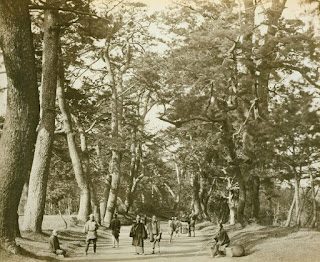 |
| The Tokaido in 1825 Source: Wikimedia Commons |
The original Tokaido has 53 stations between Edo and Tokyo. These stations provided somewhere to stay and rest for travellers as they travelled, as well as somewhere to buy food. These stations also worked together to form a kind of courier system, where news and information could be sent quickly to the capital. There was also a number of checkpoints whose purpose was mostly to check traveller’s passports and prevent the trafficking of firearms.
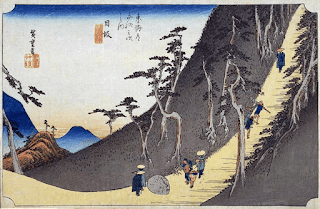 |
| Wood block printing of the 26th Station on the Tokaido Source: Wikimedia Commons |
The Tokaido was very popular with artists and poets for a while. The artist Hiroshige created a series of woodblock prints depicting all 53 stations of the Tokaido.
Does the Tokaido and the travelling life of a samurai sound exciting? If so, you’ll love our Scenic Samurai Trails Tour. This tour will give you a taste of what these samurai experienced. You will be led by local mountain guides who will accompany you through forest trails and valley gorges on foot, by boat, and private vehicles, staying overnight in mountain lodges and traditional minshiku. Not only will you travel sections of the ancient postal routes, but you’ll also experience the incredible Kumano Kodo Pilgrimage, for an unforgettable, once in a lifetime experience.
In our next blog post we’ll be exploring the Nakasendo, the other Kyoto to Edo highway, and the towns of Tsumago and Magome, where this ancient trail and many of it’s surrounding customs still exist.

